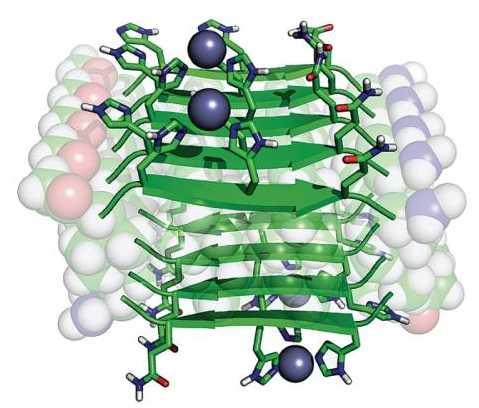Tel: 186-2629-6728
0512-58790813
Fax: 0512-58631806
E-mail:
jszjgct@126.com (business)
fischaelyu@163.com (technical)
Address: 824, Block C, Tianba Business Hall, No. 115, Shazhou West Road, Yangshe Town, Zhangjiagang City
Tel: 186-2629-6728
0512-58790813
Fax: 0512-58631806
E-mail:
jszjgct@126.com (business)
fischaelyu@163.com (technical)
Address: 824, Block C, Tianba Business Hall, No. 115, Shazhou West Road, Yangshe Town, Zhangjiagang City
Broadly refers to the activities that organisms produce for their own metabolism and maintain their organisms.
Industrial biocatalysts are a general term for free or immobilized enzymes or living cells. It includes free enzymes extracted from organisms, mainly microbial cells, or processed by immobilization techniques, collectively referred to above; also includes free, whole-microorganism-based living cells and immobilized living cells. . Enzyme catalysts are used to catalyze a certain type of reaction or a certain type of reactant (often referred to as a substrate or matrix in an enzymatic reaction), the process of which is referred to as; and the process by which the entire microorganism is used in a series of series reactions. Dead cells or stem cell preparations also have a catalytic effect, but their cells have no metabolic capacity, and often cannot regenerate coenzymes or prosthetic groups (components of enzymes), only simple enzyme reactions, belonging to an impure enzyme catalyst.
Catalysts can be classified into biocatalysts and non-biocatalysts.
Compared with non-biocatalysts, biocatalysts have great advantages, can react at normal temperature and pressure, have fast reaction rate, specific catalytic effect and low price, but have the disadvantages of being susceptible to heat, being affected by certain chemicals and The bacteria are inactivated by the destruction, the stability is poor, and the temperature and pH range during the reaction are required to be high. When used as an immobilized enzyme or immobilized cell, the service life should generally be no less than 30 batches or 3 months of continuous use, otherwise it will be difficult to pass the economy.

The enzyme is a biocatalyst. Living organisms use them to accelerate chemical reactions in the body. Without enzymes, many chemical reactions in the body go very slowly and are difficult to sustain. At about 37 ° C (the temperature of the human body), the working state of the enzyme is optimal. If the temperature is above 50 ° C or 60 ° C, the enzyme will be destroyed and no longer function. Therefore, bio-detergents which use enzymes to decompose stains on clothes are most effective at low temperatures.
For example: [3] For H2O2 decomposition to water and oxygen, the activation energy is 74kJ/mol; if I-catalyzed, the activation energy is 59kJ/mol; if enzymatically catalyzed, the activation energy is 25kJ/mol. It can be seen that the effect of biocatalyst is obvious